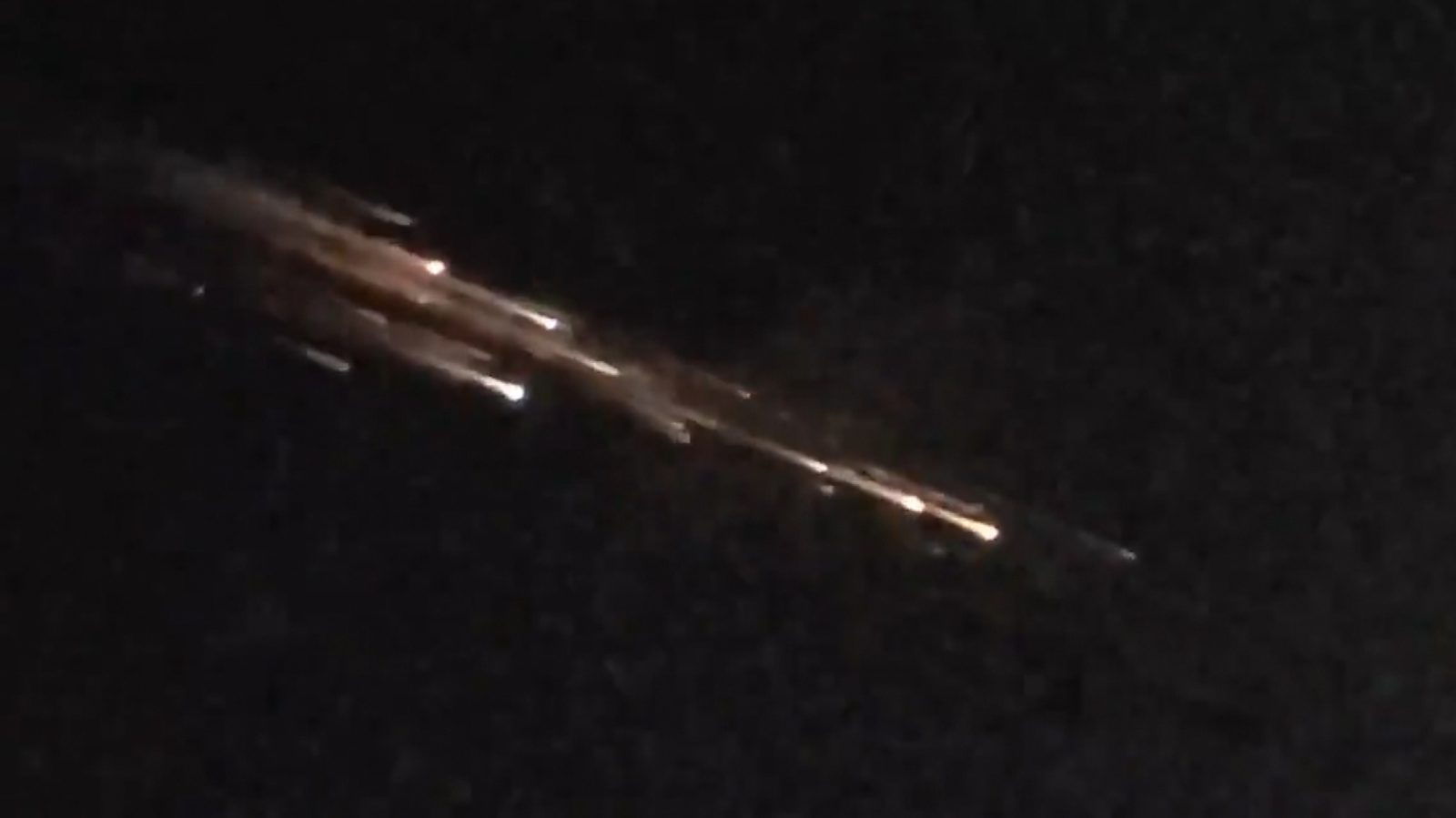
NASA has issued a warning regarding a satellite expected to deorbit on April 19, posing a potential risk of harm on Earth. Here’s what we know.
Update: NASA’s retired RHESSI re-entered Earth’s atmosphere at 8:21 p.m. EDT on Wednesday, April 19, over the Sahara Desert. The agency has received no reports of damage or injury.
Reports claiming the satellite was seen as a bright flash over Kyiv, Ukraine, are false.
The now-retired satellite, known as RHESSI (Reuven Ramaty High Energy Solar Spectroscopic Imager), was launched into space by NASA in 2002 to observe solar flares and coronal mass ejections from its low-Earth orbit. However, due to “communications difficulties,” the satellite was decommissioned in August 2018, according to the agency’s Goddard Space Flight Center in Greenbelt, Maryland.
As of April 17, the US Department of Defense reports that the 660-pound satellite will make an uncontrolled reentry through Earth’s atmosphere at 9:30 p.m. EDT on Wednesday, April 19. Although, take this time with a grain of salt – as there’s an uncertainty of 16 hours in either direction.

NASA anticipates that most of the satellite will burn up as it travels through the atmosphere, but the agency claims that “some components are expected to survive.” Since Earth is primarily covered in water and uninhabited land, usually, this wouldn’t be alarming. However, NASA states the probability of the falling satellite causing harm is ‘low’ at about 1 in 2,467…
If you think that number seems high – you’d be correct. The Space Explored staff even went the extra mile to assemble a list of things that are even less likely to happen to you. Some may be surprising:
- Odds of finding a pearl in an oyster — 1 in 12,000
- Odds of being struck by lightning — 1 in 15,300
- Odds of getting killed by fireworks — 1 in 340,733
- Odds of getting attacked by a shark — 1 in 3,748,067
NASA didn’t provide any details on where exactly pieces could land. I’ll provide updates to this story as more information becomes available. In the meantime, the Department of Defense and NASA continue to monitor the situation.
The featured image shows a shower of burning space debris a few years back – said to be remnants of a Chinese rocket.
Follow Arin: Twitter, Instagram
Related stories:
- First-ever NASA asteroid sample arriving in September
- NASA rover finds strange dragon bone-looking Mars rocks
- Congress is wondering why NASA’s headquarters is 69% empty of employees
FTC: We use income earning auto affiliate links. More.



Comments